Energy Balance Algorithm for Wireless Ultraviolet Secret Communication in UAV Formation
-
摘要:
针对强电磁干扰环境下无人机之间的隐秘通信,该文提出了无人机编队中无线紫外光隐秘通信的能耗均衡算法。该算法能够结合紫外光非直视、低窃听等优点,克服传统无线电易被监听的缺点,在均衡能耗的同时为长机收集僚机信息提供可靠保证。通过引入考虑距离和剩余能量的优先级函数,提出基于分簇机制的改进算法BEAD-LEACH,并采用改进算法对无人机随机部署和呈圆形编队部署时进行仿真。仿真结果表明,在两种部署方式下,网络中50%节点出现死亡经历的时间分别延长了12%, 16%,改进算法能够有效地均衡网络的通信能耗,延长无人机网络的生存时间。
Abstract:In view of secret communication among unmanned aerial vehicles under the strong electromagnetic interference environment, this paper proposes the energy balance algorithm for wireless ultraviolet secret communication in Unmanned Aerial Vehicle (UAV) formation. The proposed algorithm combines the advantages of ultraviolet in non-line-of-sight and low eavesdropping, overcomes the disadvantage of the traditional radio, which can easily be monitored. It can provide reliable assurance for the leader to collect information of wingmen while balancing the energy consumption. The improved algorithm is proposeal based on cluster mechanism via introducing the priority function, which considers distance and residual energy. Adopting the improved algorithm to simulate under two scenarios in which UAVs are deployed randomly or UAVs are deployed in circle formation respectively, the simulation results show that the time of 50% death nodes occurring in UAV network is prolongal by 12% and 16% respectively under two types of deployment, and the improved algorithm can effectively balance the communication energy consumption of the network and prolong the survival time of UAV network.
-
图 1 无线紫外光非直视单次散射链路模型[10]
表 1 仿真参数设置
参数 数值 紫外光波长$\lambda $ (nm) 260 节点个数$n$ 100 节点初始能量${E_0}$(J) 300 发送能量${E_{\rm{T}}}$(μJ) 80 接收能量${E_{\rm{R}}}$(μJ) 80 融合能量${E_{{\rm{DA}}}}$(μJ) 8 发收仰角${\beta _{\rm{T}}}$, ${\beta _{\rm{R}}}$(°) 40 发散半角与接收视场半角${\theta _{\rm{T}}}$, ${\theta _{\rm{R}}}$(°) 15 路径损耗因子$\xi $ 1.69×108 路径损耗指数$\alpha $ 1.3498 能量和距离权重因子${w_1}$,${w_2}$ 0.5 -
BEKMEZCI I, SAHINGOZ O K, and TEMEL Ş. Flying Ad-Hoc Networks (FANETs): A survey[J]. Ad Hoc Networks, 2013, 11(3): 1254–1270. doi: 10.1016/j.adhoc.2012.12.004 WU Husheng, LI Hao, XIAO Renbin, et al. Modeling and simulation of dynamic ant colony’s labor division for task allocation of UAV swarm[J]. Physica A: Statistical Mechanics and its Applications, 2017, 491: 127–141. doi: 10.1016/j.physa.2017.08.094 李霁野, 邱柯妮. 紫外光通信在军事通信系统中的应用[J]. 光学与光电技术, 2005, 3(4): 19–21. doi: 10.3969/j.issn.1672-3392.2005.04.007LI Jiye and QIU Keni. Military application of UV communication[J]. Optics &Optoelectronic Technology, 2005, 3(4): 19–21. doi: 10.3969/j.issn.1672-3392.2005.04.007 ARDAKANI M H and UYSAL M. Relay-assisted OFDM for ultraviolet communications: performance analysis and optimization[J]. IEEE Transactions on Wireless Communications, 2017, 16(1): 607–618. doi: 10.1109/TWC.2016.2626438 SUN Yu, GONG Chen, XU Zhengyuan, et al. Link gain and pulse width broadening evaluation of non-line-of-sight optical wireless scattering communication over broad spectra[J]. IEEE Photonics Journal, 2017, 9(3): 7900212. doi: 10.1109/JPHOT.2017.2707468 ZANG Chunhua and ZANG Shouhong. Mobility prediction clustering algorithm for UAV networking[C]. 2011 IEEE GLOBECOM Workshops (GC Wkshps), Houston, USA, 2011: 1158–1161. doi: 10.1109/GLOCOMW.2011.6162360. WANG Tianshu, ZHANG Gongxuan, YANG Xichen, et al. A trusted and energy efficient approach for cluster-based wireless sensor networks[J]. International Journal of Distributed Sensor Networks, 2016: 3815834. doi: 10.1155/2016/3815834 WU Wenliang, XIONG Naixue, and WU Chunxue. Improved clustering algorithm based on energy consumption in wireless sensor networks[J]. IET Networks, 2017, 6(3): 47–53. doi: 10.1049/iet-net.2016.0115 LUETTGEN M R, SHAPIRO J H, and REILLY D M. Non-line-of-sight single-scatter propagation model[J]. Journal of the Optical Society of America A, 1991, 8(12): 1964–1972. doi: 10.1364/JOSAA.8.001964 ZUO Yong, XIAO Houfei, WU Jian, et al. A single-scatter path loss model for non-line-of-sight ultraviolet channels[J]. Optics Express, 2012, 20(9): 10359–10369. doi: 10.1364/OE.20.010359 XU Zhengyuan, DING Haipeng, SADLER B M, et al. Analytical performance study of solar blind non-line-of-sight ultraviolet short-range communication links[J]. Optics Letters, 2008, 33(16): 1860–1862. doi: 10.1364/OL.33.001860 CHEN Gang, XU Zhengyuan, DING Haipeng, et al. Path loss modeling and performance trade-off study for short-range non-line-of-sight ultraviolet communications[J]. Optics Express, 2009, 17(5): 3929–3940. doi: 10.1364/OE.17.003929 TANG Shuyan, QIN Zheng, and XIN Jiankuan. Collaborative task assignment scheme for multi-UAV based on cluster structure[C]. 2010 Second International Conference on Intelligent Human-machine Systems and Cybernetics, Nanjing, China, 2010: 285–289. doi: 10.1109/IHMSC.2010.171. 赵太飞, 许杉, 屈瑶, 等. 基于无线紫外光隐秘通信的侦察无人机蜂群分簇算法[J]. 电子与信息学报, 2019, 41(4): 967–972. doi: 10.11999/JEIT180491ZHAO Taifei, XU Shan, QU Yao, et al. Cluster-based algorithm of reconnaissance UAV swarm based on wireless ultraviolet secret communication[J]. Journal of Electronics &Information Technology, 2019, 41(4): 967–972. doi: 10.11999/JEIT180491 LIU Xiaoyang. Simulation and analysis of an improved LEACH algorithm in wireless sensor network[C]. Proceedings of SPIE 8878, Fifth International Conference on Digital Image Processing, Beijing, China, 2013: 43. doi: 10.1117/12.2030941. 张小波, 程良伦, ZHU Quanmin. SAHRC: 一种基于分簇的无线传感器网络路由控制算法[J]. 电子与信息学报, 2011, 33(8): 2013–2017. doi: 10.3724/SP.J.1146.2010.01270ZHANG Xiaobo, CHENG Lianglun, and ZHU Quanmin. SAHRC: A cluster-based routing control protocol for wireless sensor network[J]. Journal of Electronics &Information Technology, 2011, 33(8): 2013–2017. doi: 10.3724/SP.J.1146.2010.01270 温佩芝, 许晨蛟, 邓珍荣, 等. 多级异构无线传感器网络分簇路由协议[J]. 计算机工程与设计, 2016, 37(6): 1471–1477. doi: 10.16208/j.issn1000-7024.2016.06.010WEN Peizhi, XU Chenjiao, DENG Zhenrong, et al. Cluster-routing protocol for heterogenous multi-level wireless sensor networks[J]. Computer Engineering and Design, 2016, 37(6): 1471–1477. doi: 10.16208/j.issn1000-7024.2016.06.010 -





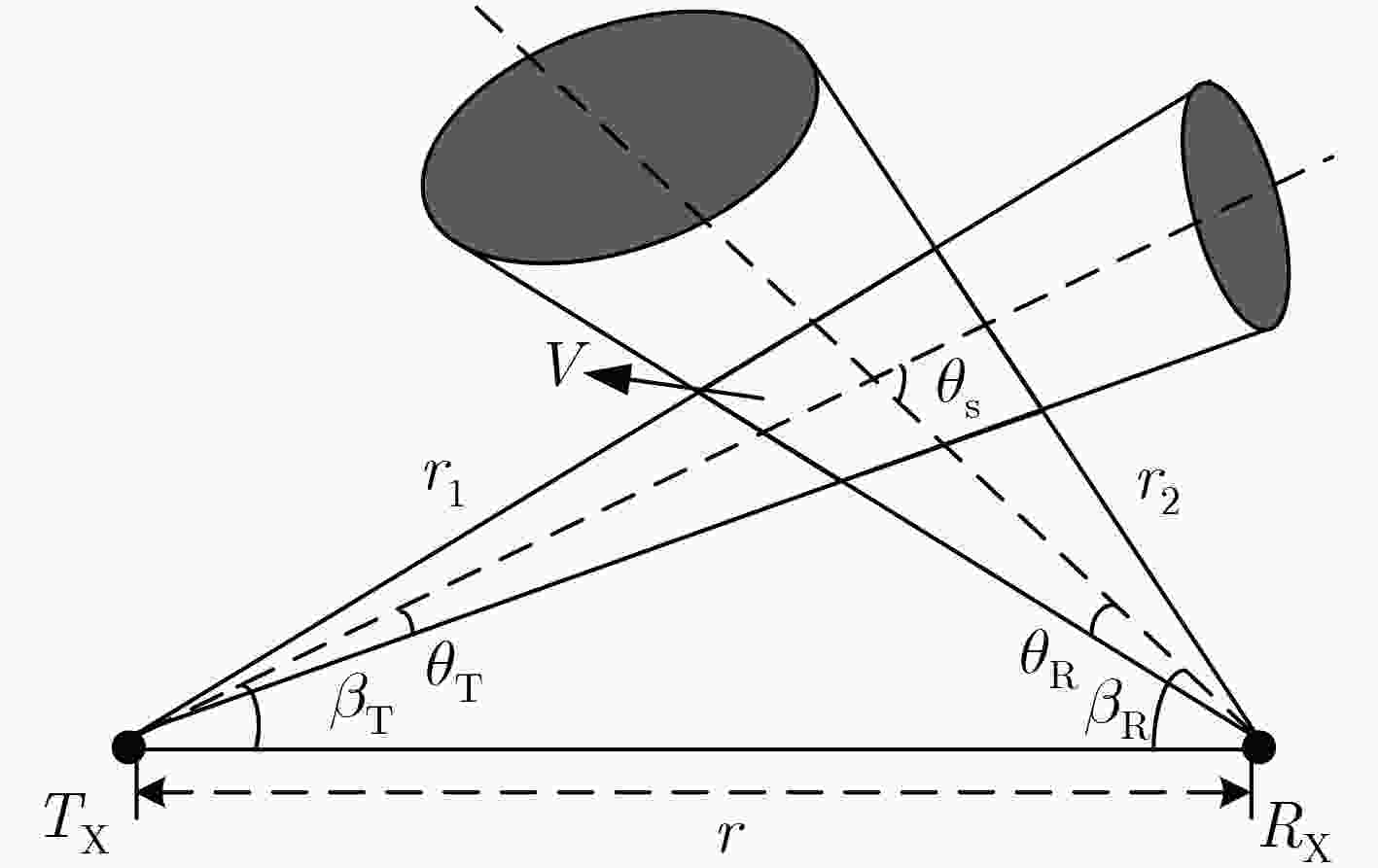
 下载:
下载:
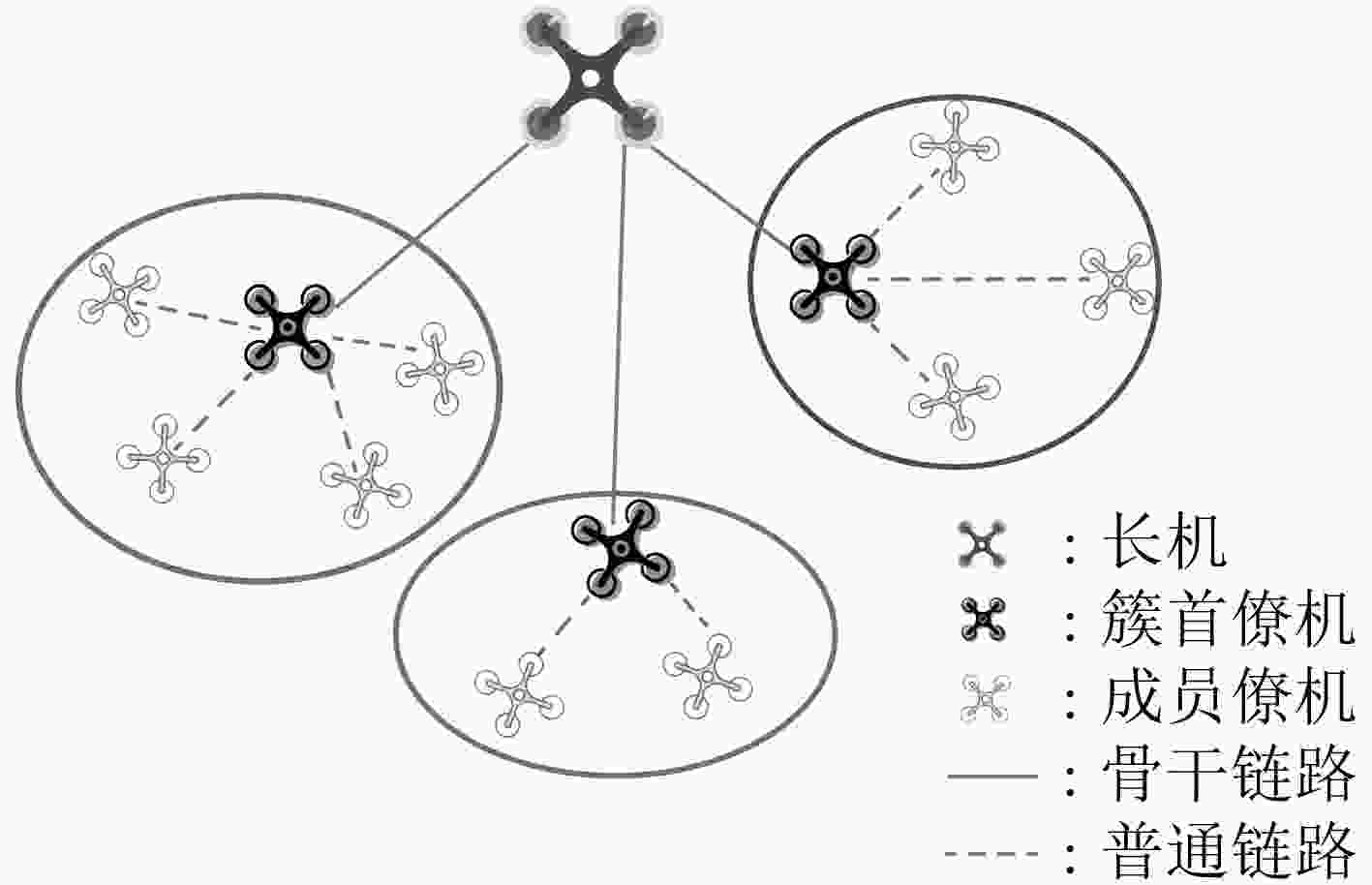
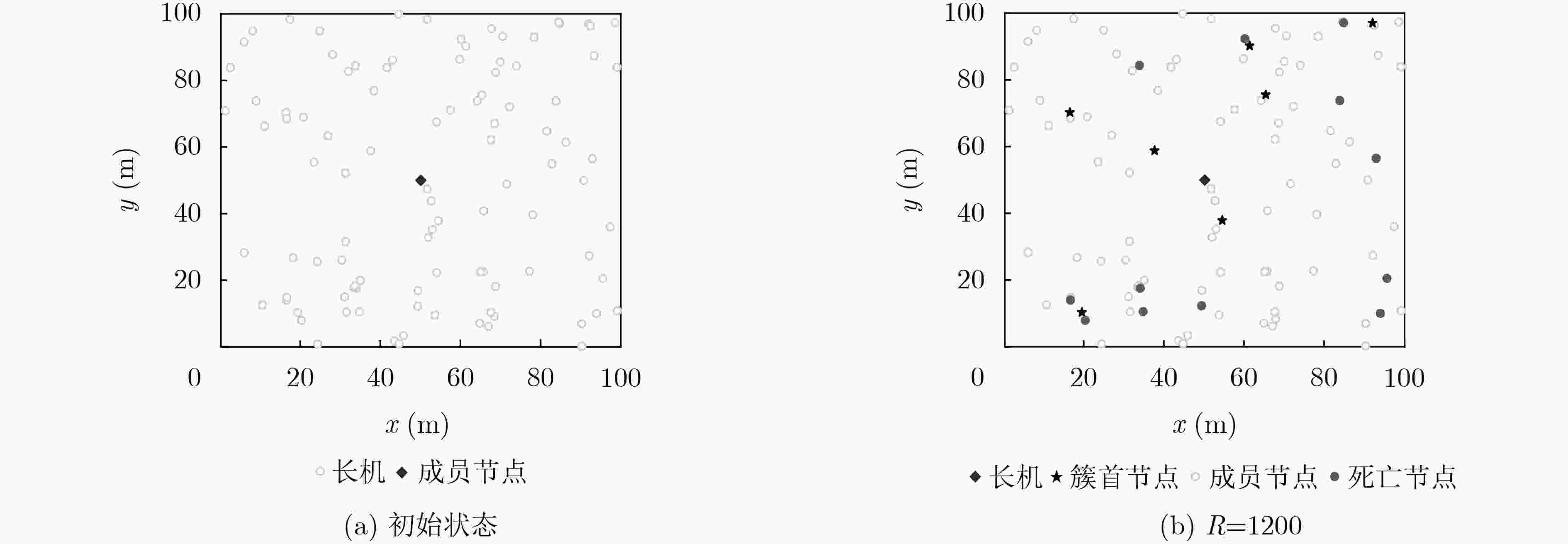

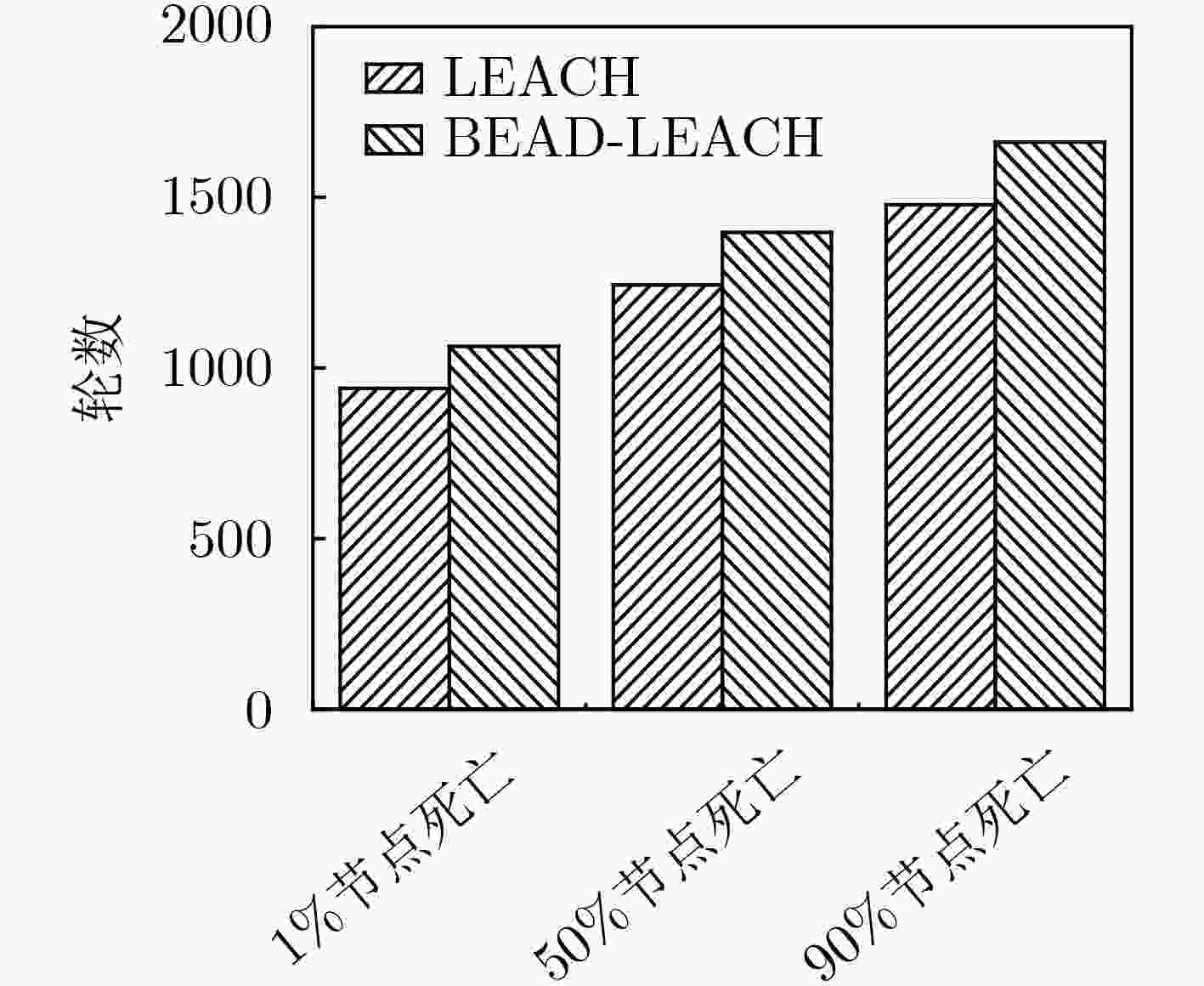

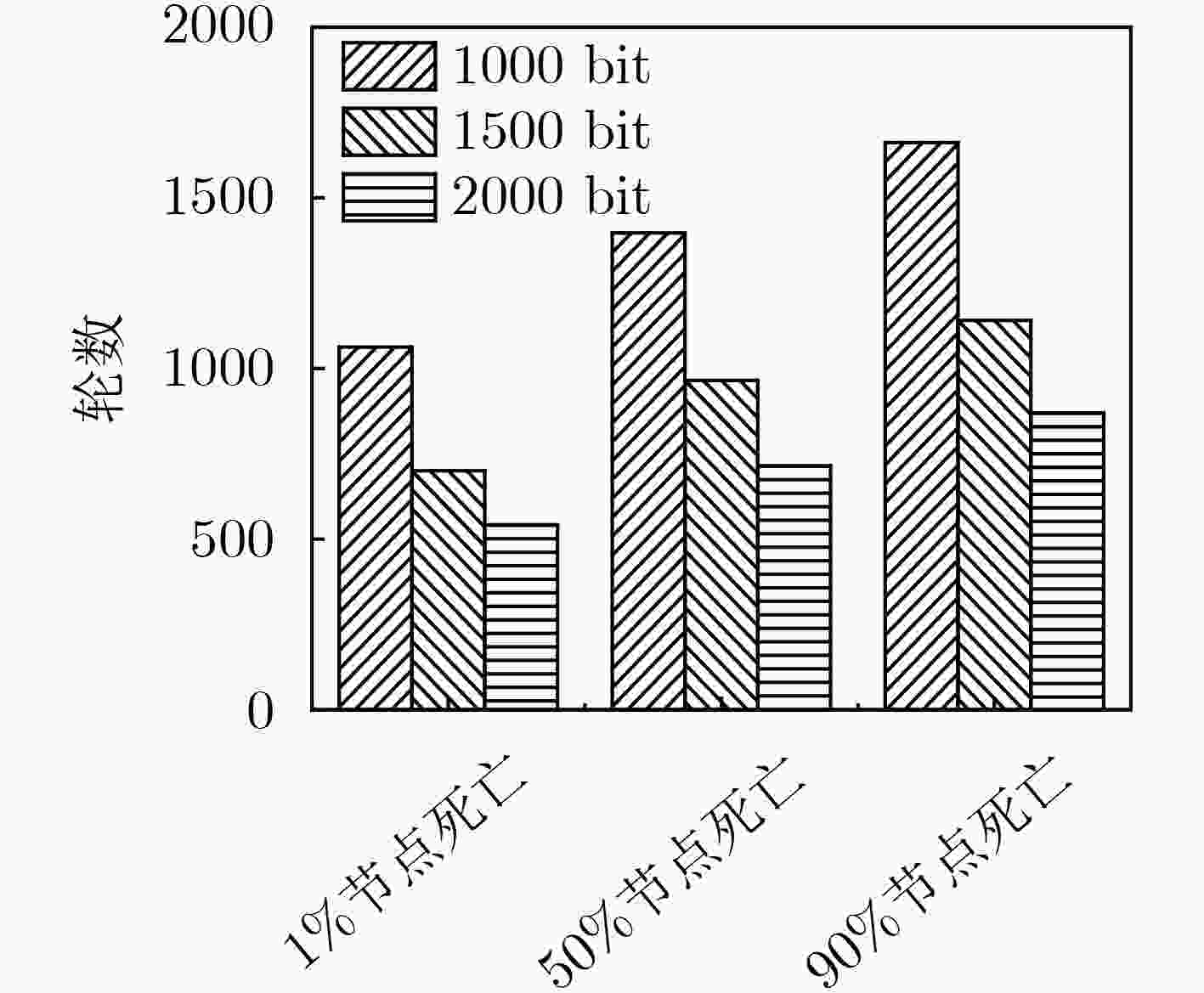
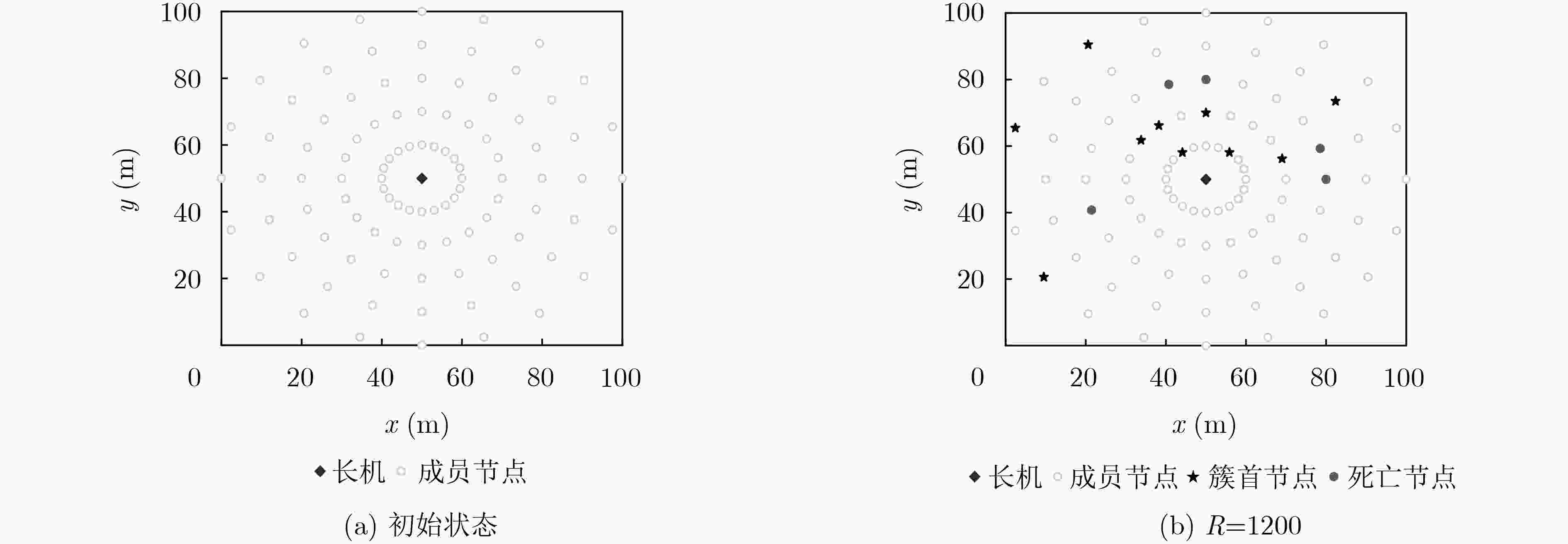

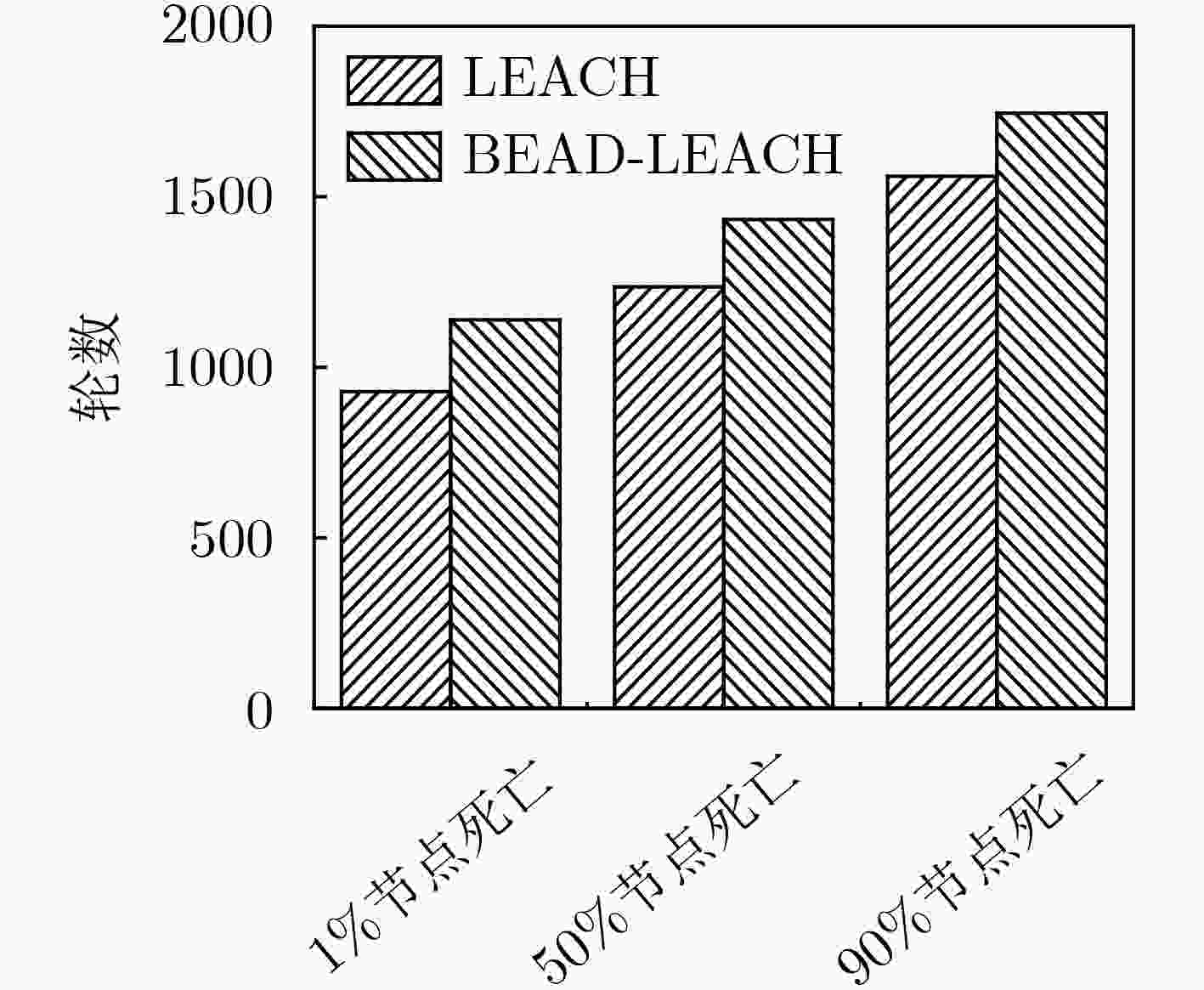

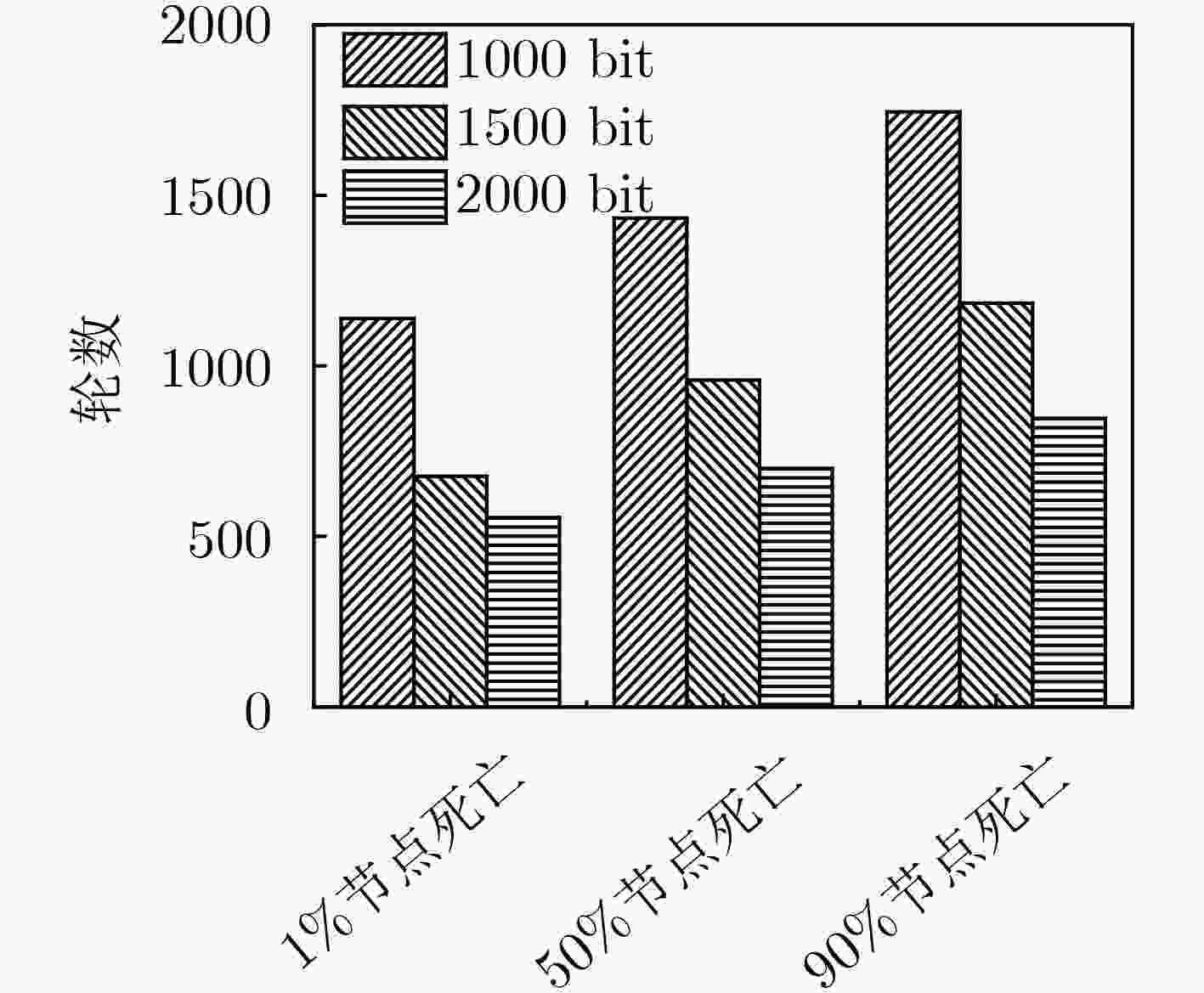


 下载:
下载:
